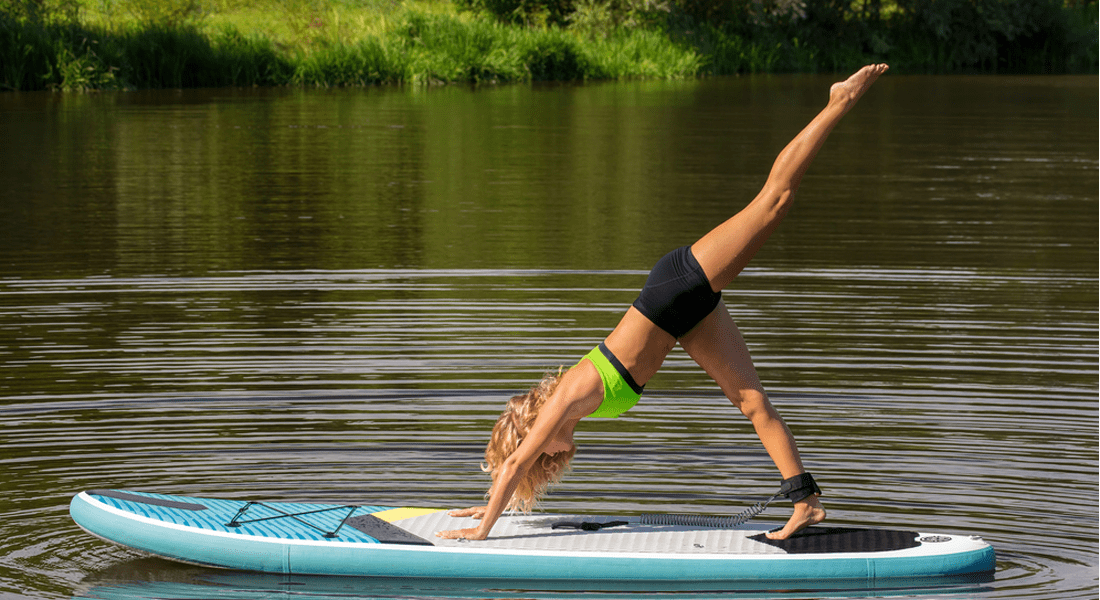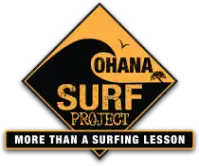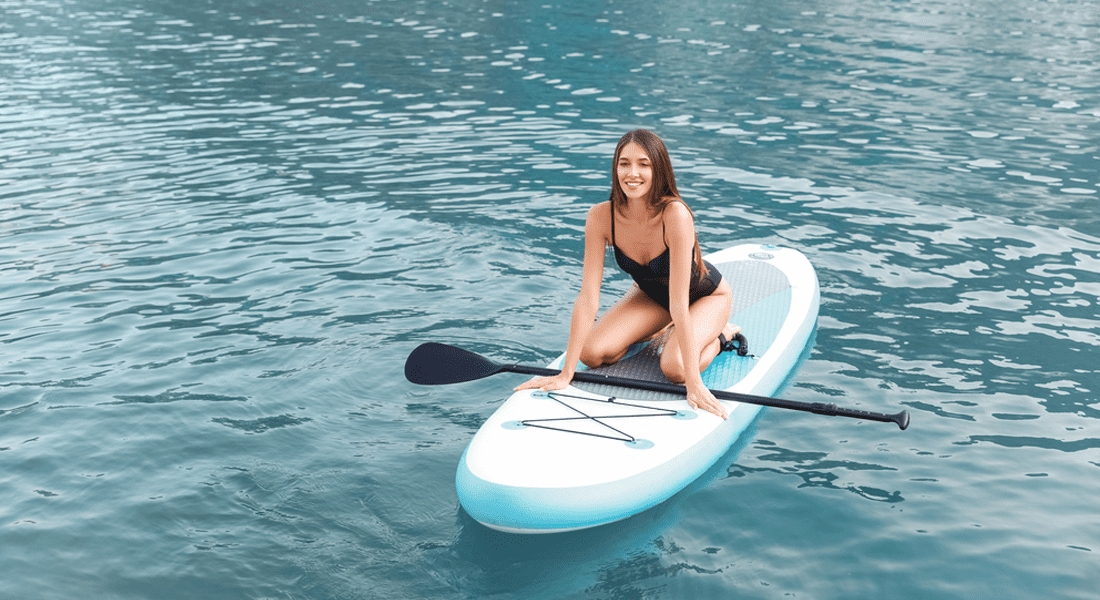
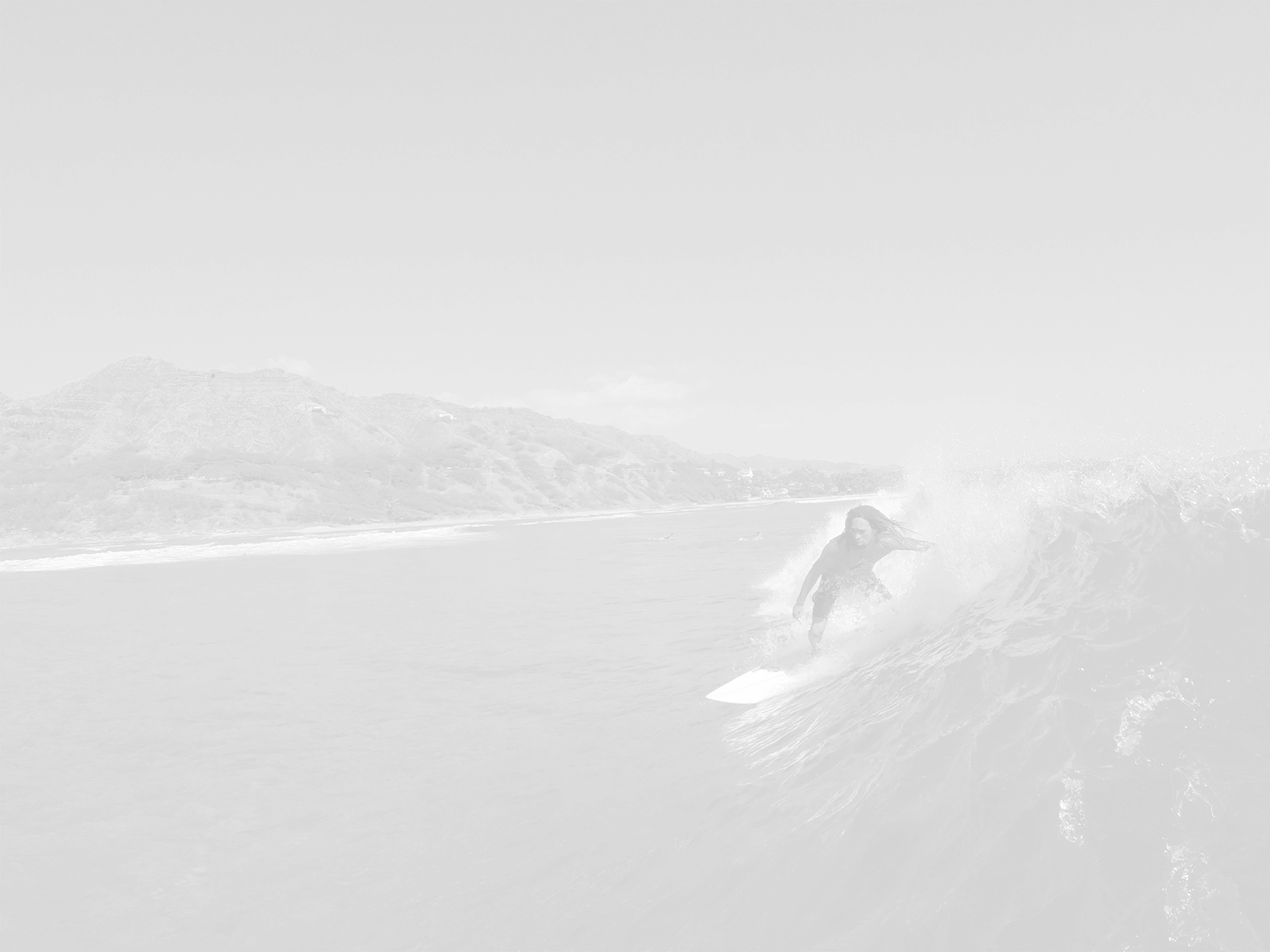
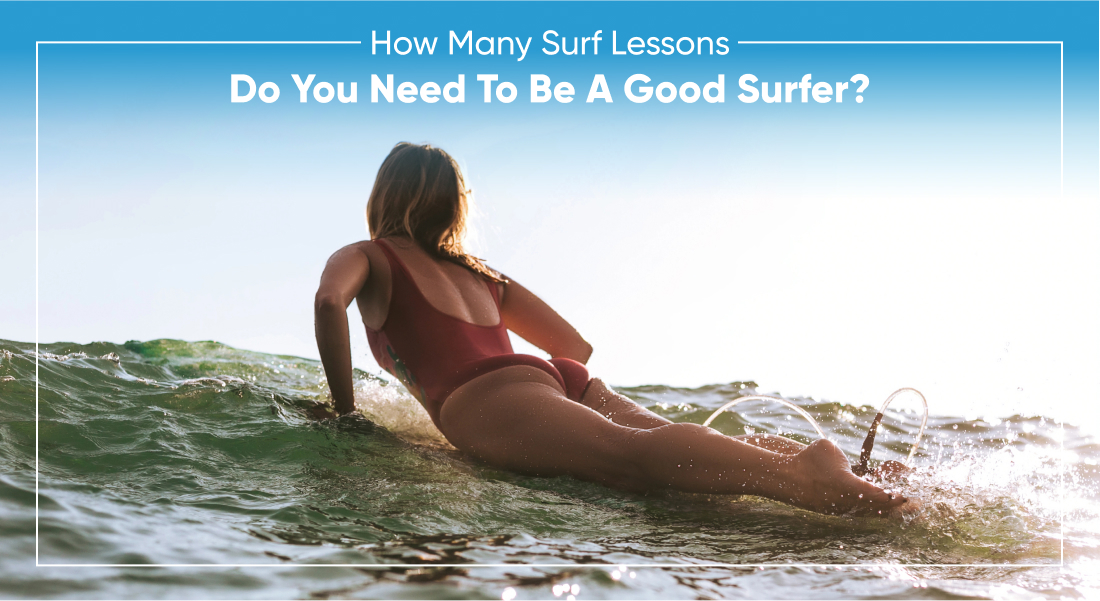

How Many Surf Lessons Do You Need To Be A Good Surfer?
Surfing is more than just catching waves—it's about building a connection with the ocean, developing balance, and learning to read the surf.
Have you ever stood on the shore watching seasoned surfers glide effortlessly? You might have wondered, “How many surf lessons do you need to be a good surfer?” The answer depends on various factors, including your dedication, fitness level, and comfort in the water.
Understanding What Makes a “Good” Surfer
For some, it’s the ability to catch and ride small waves independently. For others, it’s mastering more advanced techniques like carving and performing tricks. Your goals will significantly influence how many lessons you need to take.
Being a good surfer involves a combination of skills, such as paddling efficiently, standing up quickly, and maintaining control of the wave. It also includes understanding ocean dynamics, like wave patterns and tide conditions. This helps you make smart decisions in the water. Surf lessons are designed to teach these fundamentals and make sure you build a strong foundation.
What to Expect in Surf Lessons
Surf lessons typically cater to all skill levels, from absolute beginners to intermediate and advanced surfers looking to refine their technique. During a lesson, an instructor provides personalized guidance, covering topics like:
- Proper paddling techniques
- How to pop up (stand up) on the board
- Reading and choosing the right waves
- Safety protocols and surf etiquette
Beginner lessons often take place in gentle surf conditions to help you gain confidence without feeling overwhelmed. By the end of your first few lessons, you’ll likely be able to paddle, stand up, and ride a wave in the white water.
Intermediate lessons focus on catching unbroken waves, improving balance, and developing maneuvers. If you aim to advance to this level, you may need more lessons and practice time between sessions.
Learn More About Us

Factors That Affect How Many Surf Lessons You Need
Several factors influence how quickly you progress as a surfer. Everyone learns at their own pace, so it’s essential to consider the following:
- Your Starting Skill Level
If you have prior experience with water sports or activities requiring balance, such as skateboarding or snowboarding, you might find surfing easier to pick up. Beginners with no background in water sports may need more lessons to develop foundational skills like balance, paddling, and wave timing.
- Your Physical Fitness
Surfing demands strength, stamina, and flexibility. Those who are already physically active may adapt more quickly to the physical demands of paddling, popping up, and maintaining balance on a board.
If you’re starting with a lower fitness level, progress might take longer. It requires extra lessons to build the necessary endurance and coordination.
- Frequency of Practice
Consistent practice is vital for developing surfing skills. While lessons come with guidance, progress depends on how often you can practice between sessions.
Surfing once a week might make progress slower compared to practicing two or three times a week, where muscle memory and ocean familiarity improve faster.
- Quality of Instruction
The expertise and teaching style of your surf instructor can significantly impact your progress. Skilled instructors offer detailed feedback and tailored advice.
They help correct mistakes and improve technique. Opting for lessons with a knowledgeable instructor can shorten your learning curve.
- Local Surf Conditions
Where you learn to surf plays a big role in your experience. Gentle, consistent beach breaks are ideal for beginners as they provide a safe and forgiving environment to practice.
On the other hand, rough or unpredictable surf conditions may slow progress or require additional lessons to navigate confidently.
The Typical Timeline for Beginner Surfers
Many first-time surfers wonder how quickly they’ll be able to ride waves confidently. On average, it takes about 5 to 10 lessons for most beginners to stand up and ride small waves independently. However, becoming a “good” surfer who can confidently handle a range of conditions might require months of lessons, practice, and self-driven improvement.
In the first few lessons, you’ll focus on basics like paddling, positioning, and standing up. By the fifth or sixth lesson, most students can catch waves without assistance. After 10 lessons, you’ll likely start working on catching unbroken waves and improving your balance and control.
How Consistency Builds Confidence
As with any skill, consistency plays a significant role in how quickly you become proficient at surfing. While lessons are key, regular practice between sessions allows you to refine your techniques and build muscle memory. Even 20 to 30 minutes of paddling or practicing your stance on dry land can make a noticeable difference when you return to the water.
Confidence grows with experience, and surfing is no exception. Each wave you attempt teaches you something new, whether it’s maintaining balance, positioning your board correctly, or timing your pop-up.
The more frequently you surf, the faster you’ll transition from being a cautious beginner to a confident rider. That said, it’s important to stay patient with yourself, as progress can come in small steps.
Transitioning from Lessons to Independent Surfing
One of the most exciting milestones for new surfers is transitioning from lessons to independent surfing. This doesn’t mean you’ll stop learning—it simply means you’ve reached a point where you feel comfortable practicing on your own. Here are a few indicators that you’re ready to surf independently:
- You can paddle out and catch waves without assistance.
- You feel comfortable reading wave conditions and making decisions in the water.
- You understand surf etiquette and respect for other surfers.
- You can pop up and ride waves consistently.
Once you’ve reached this stage, occasional lessons can still be beneficial. Advanced lessons focus on improving technique, learning new maneuvers, and handling more challenging conditions.
Building a Lifelong Connection with Surfing
Surfing isn’t just a sport; it’s a lifestyle and a way to connect with the ocean. Every wave is unique, offering an opportunity to improve your skills and enjoy the natural beauty around you. The journey from beginner to proficient surfer is incredibly rewarding, filled with moments of joy, personal growth, and even the occasional wipeout.
How We at Ohana Surf Project Can Help
At Ohana Surf Project, our personalized surf lessons are tailored to meet your unique needs. With a focus on safety, growth, and fun, we strive to make your surfing journey memorable and transformative.
Our expert instructors provide lessons that cater to individuals, families, and couples. We create a welcoming environment where you can progress at your own pace. From mastering the basics to achieving competitive-level mastery, our team brings patience, experience, and a genuine passion for surfing to every lesson. We aim to help you build confidence in the water while fostering a deep connection to Hawaii’s incredible waves.
Looking for elite instruction? Ohana Surf Project has more than just surfing lessons. Our programs include expert coaching for Standup Paddleboarding and Bodyboarding. This guarantees you can explore the ocean in multiple ways.
Each session is crafted to match your goals and abilities, combining technical guidance with the joy of being on the water. We’re here to make your time in Hawaii unforgettable. Join us for a lesson and experience the magic of Hawaii’s waves. The ocean is waiting for you!
OTHER OSP BLOGS

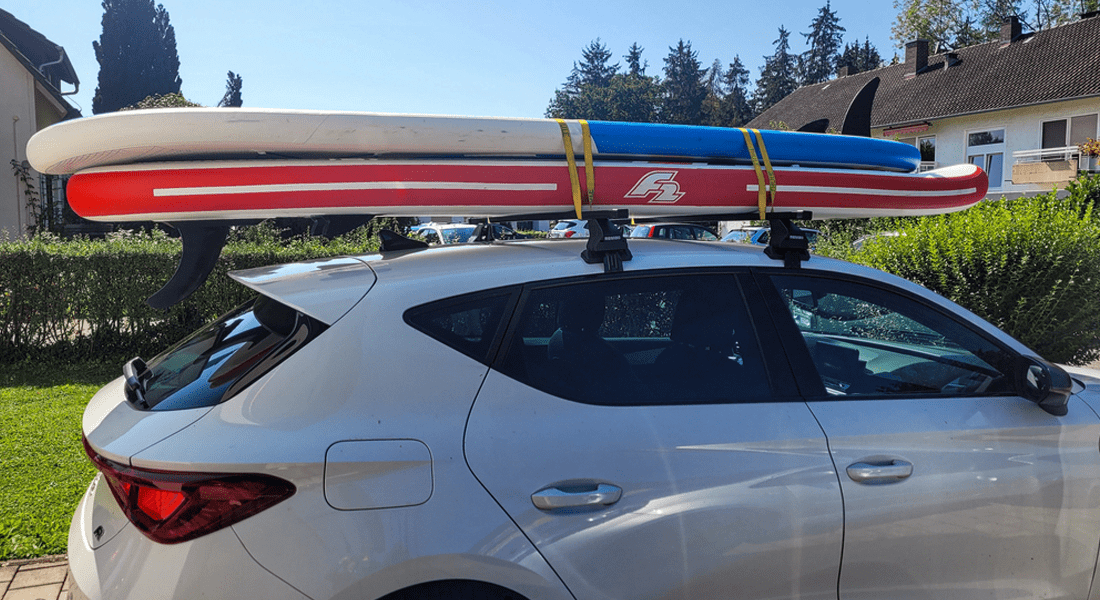
How To Transport Your Rental SUP Board
When you rent a SUP board for a Waikiki adventure, knowing how to transport a SUP board keeps your day smooth from the start. You probably feel excited to reach[...]